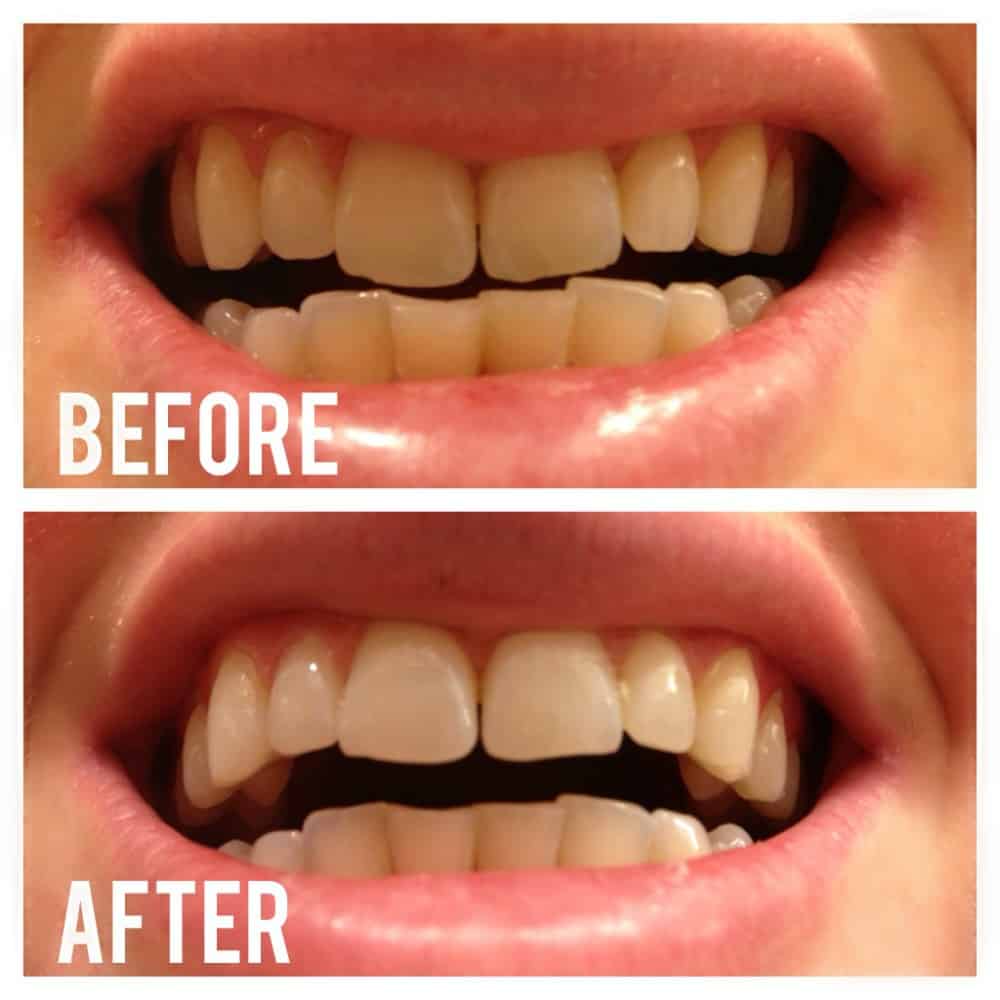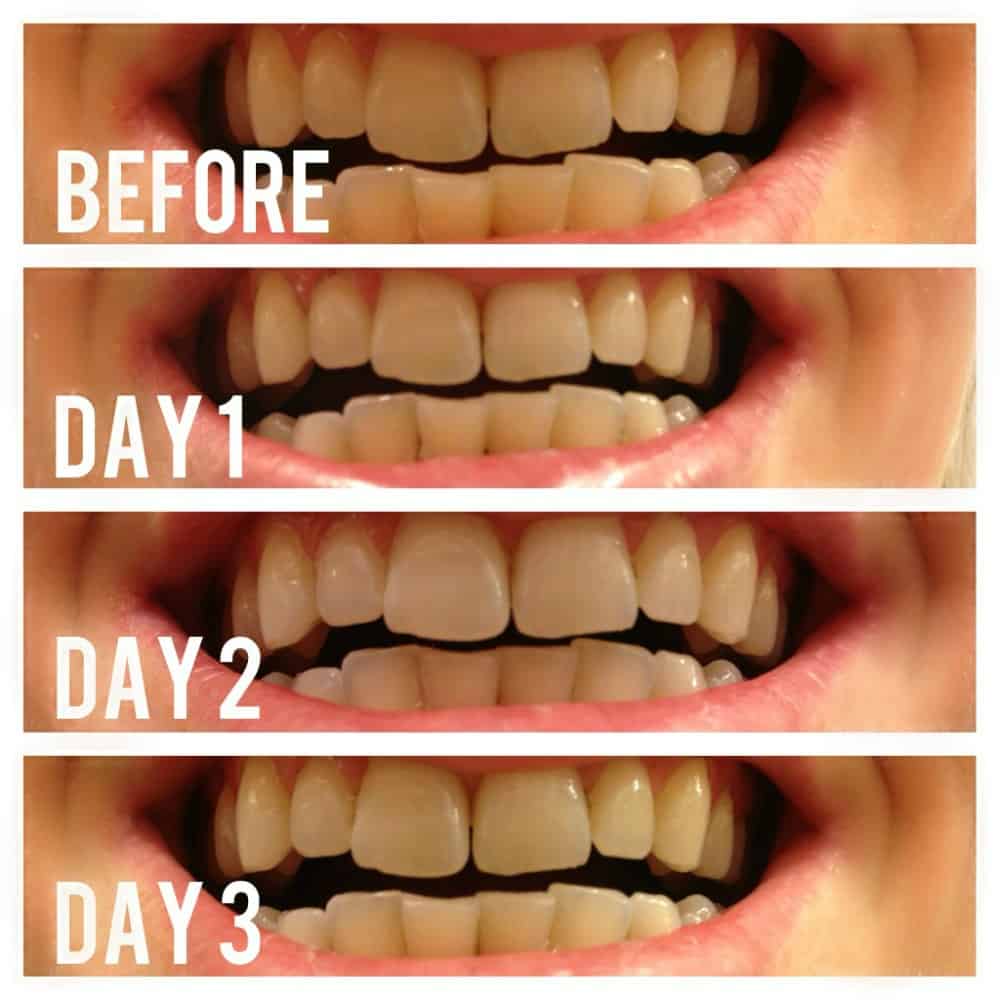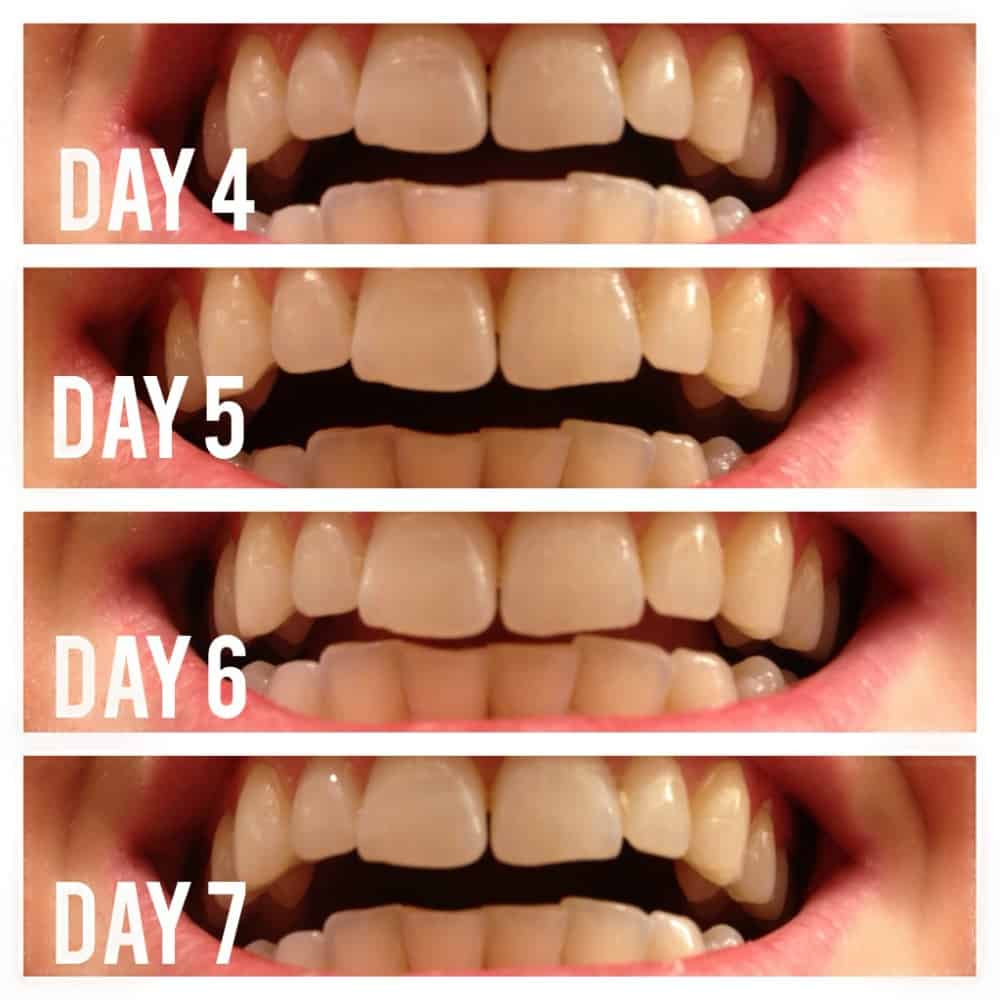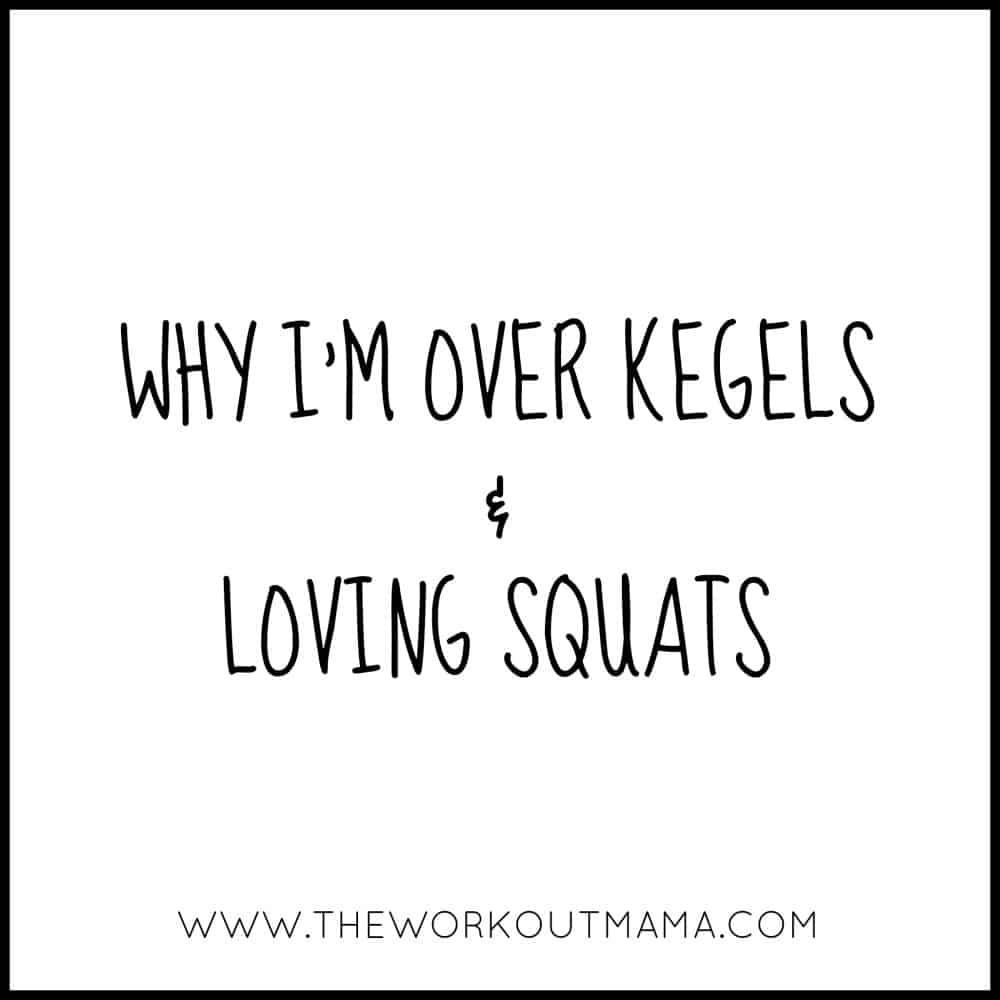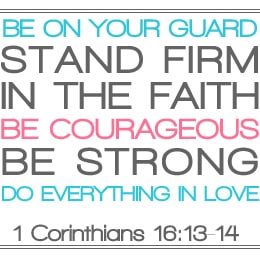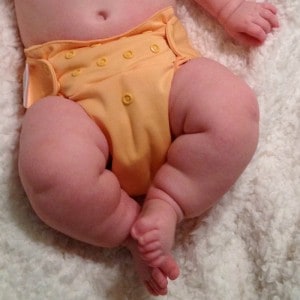 If you had told me even a year before Caden was born that we would be cloth diapering him I would have laughed. I never thought this would be something I would be doing. We used disposables for the first few months of Caden life and while they were super convenient and easy to use we were spending so much money on diapers. As a family living on a very modest income I started rethinking my views on cloth diapering.
If you had told me even a year before Caden was born that we would be cloth diapering him I would have laughed. I never thought this would be something I would be doing. We used disposables for the first few months of Caden life and while they were super convenient and easy to use we were spending so much money on diapers. As a family living on a very modest income I started rethinking my views on cloth diapering.
I began researching the benefits on cloth diapering, how much it would cost vs. how much our family would save, and all the ins and outs of exactly what I would be getting myself into if we decided to go the route of cloth diapers. I knew if I could create a solid presentation to my husband on the benefits of cloth diapering it would outweigh the initial upfront cost to purchase everything that would be needed.
If you or your significant other is on the fence about cloth diapering check out why Josh and I decided to take the plunge. There are lots of good reasons why cloth diapering might be the way to go for your family but I know it is not for everyone and that is ok. Read to the end to see the basics you need to get started.
COST OF DISPOSABLES VS. CLOTH
During Caden’s first month of life we used 287 disposable diapers. We were changing him every 1-2 hours during this time. Because newborns need to be changed so often I am glad that we didn’t start cloth diapering him until he was a few months old. To be honest I probably would have gone slightly crazy trying to keep up with the laundry. We will wait to cloth diaper our newborn daughter until she is a few weeks old just to make it easier on us.
Disposables: Let’s assume that you decided to buy your diapers from Amazon.com and you picked Huggies Little Snugglers Diapers to cover your newborns bum. For a box that contains 88 disposables you are paying $24.99 which equals out to $0.28 a diaper. And let’s also assume you are going to be using on average 60 diapers a week. Every month you would be spending around $66 for diapers and over two years this adds up to grand total of $1600!
Cloth: If you have ever looked into cloth diapering or currently cloth diaper your child you know how much one type of cloth diaper can differ from the next in price. So depending on what type of diaper and brand you buy your cost could vary greatly from mine. We spent $350 to build our stash of 24 diapers and to also buy several accessories. Over the last year we have added a few items that I feel were a must to make the process a little easier, so as of today our grand total spent is probably more around $500. Next week I will be covering my favorite cloth diaper brands, how much they cost, and why I love them.
PEE, POO, AND EWWW
Changing a babies diaper is not the worst thing in the world but at times it is not the most pleasant. While the ease and convenience of disposables diapers is wonderful I can honestly say that once you get into the routine of dealing with pee and poo in a cloth diaper it is really not so bad. Yes it does take a tad bit longer to clean up but I think it is worth a few extra minutes to save over $1000. I will be covering more on how we handle the poo in a later post. But I will say that because I was exclusively breastfeeding Caden until he was 6 months old we could treat all the diapers the same. Everything could go straight into the washing machine, poo and all (I know it sounds gross but trust me the breastfed baby poo washes away and does not leave a trace on your washer or diapers). This made cloth diapering an easier sell because we didn’t have to worry about rinsing anything off into the toilet for the first several months.
HEALTH CONCERNS WITH DISPOSABLE DIAPERS
As a parent and someone who has become increasingly interested over the years in products that are placed or come in contact with the body I think this is an important subject to bring up. The more research I began doing on this topic the more I realized that I had no clue as to what goes into these products to make them do the things they do.
Dioxin: Most disposable diapers are treated with chlorine and the byproduct left behind from this treatment is dioxins. If you look up dioxin in the dictionary here is what you will find…
a highly toxic compound produced as a byproduct in some manufacturing processes, notably herbicide production and paper bleaching. It is a serious and persistent environmental pollutant.
Dioxins are carcinogens, and while they can be found on diapers they are also found on sanitary pads and tampons. But to put things in perspective, a 2002 study that analyzed dioxin levels in four types of diapers didn’t find the most potent known dioxin (2,3,7,8-tetrachlorodibenzo-p-dioxin) in any of the diapers tested. So while this could be considered good news, the fact remains that your baby might be exposed to minuscule amounts while wearing diapers.
Sodium Polyacrylate: If you have ever seen a disposable diaper explode you have seen the beads of the super-absorbent material that has been used in diapers since the 1980s to make them wonderfully pee-absorbent. sodium polyacrylate, absorbs 300 times its weight in tap water via osmosis. Some claim that this can cause skin irritations and allergic reactions. Sodium polyacrylate was removed from tampons in the 1980s after links to toxic shock syndrome, but it is still debated among experts if this is truly the cause for TSS or if women were wearing their tampons for days at a time causing a rich breeding ground for bacteria.
There are other suggestions that disposables diapers have been linked to increased asthma rates and also contribute to male infertility. I am no scientist and have not seen a study that can prove these claims but thought I would mention them so you know the health concerns parents have against putting their child in a disposable diaper.
DISPOSABLES DIAPERS COULD STILL BE USED
What? Didn’t you just tell us the health concerns behind disposables? Yes I did. I think as a consumer of any product, especially products you are going to use for your child, it is important to take a little time and research what you are planning on using. But I also was aware that cloth diapering wasn’t always going to work for everyone who watches Caden (including Josh and myself at times) or during special circumstances. So I told Josh we could still use disposables but we would try to mainly use cloth and see what happened. I think having a general plan is a great idea anytime you are trying something new. At first we tried to cloth diaper Caden at night. But over a few weeks the smell from his hemp insert started to reek. Like make your eyes water when we would change him in the morning. So to solve that problem we put Caden in disposables at bedtime each night. Disposables are also great to use if your little ones get sick with a stomach bug or if you are planning in being away from home for a long stretch of time.
ECO-FRIENDLY
While some will cite the added use of water used in washing cloth diapers as an environmental concern no less important than our ever filling landfills, it is important to note that a great deal of water is used to produce disposable diapers too. In addition disposable diapers contain petroleum-based ingredients, also a non-renewable resource. Many studies have proven that disposable diapers negatively impact the environment both in the production and disposal after use.
CLOTH DIAPER LAYETTE
If you have decided to take the plunge or are leaning that way here is what you can plan on buying to get you started. I will cover these items in more detail in the following weeks. This overview should give you a basic idea of what you will need. Depending on when you decide you will be cloth diapering your little one you can always include some of these items on your baby shower registry. Also check Craigslist too! I know it sounds weird but you can find lots of great deals on cloth diapers and accessories.
- 24 – 36 Diapers (I will be discussing my favorite types and brands next week)
- Additional Inserts: these will add additional absorbency to your diapers and help prevent leaks
- Wet Bag or Pail Liner: waterproof bag where you will store your diapers between washes
- On The Go Wet Bag: waterproof bag for storing your dirty diapers when you are on the go
- Cloth Wipes
- Wipe Spray
- Diaper Sprayer: attaches to your toilet to help remove solid waste
- Detergent
There you have it! Those are the main ways that I convinced Josh, and myself, that we should cloth diaper our baby. The biggest selling point was the cost difference overtime between disposables vs. cloth. Now that we have Maisie we will be saving even more money because we already have everything we need to cloth diaper.
Do you cloth diaper or have you wanted to try? Why or why not?
If there is any other health, fitness, nutrition, mommy related product you would like me to investigate let me know. Chances are good I have already researched it and would be happy to share my thoughts and what I have learned with you.





